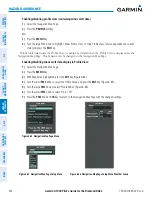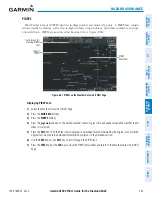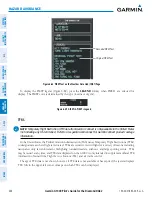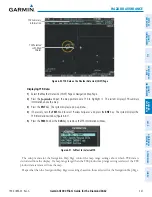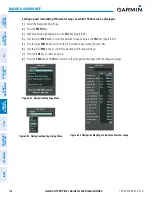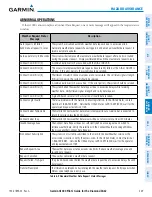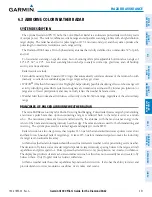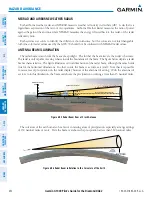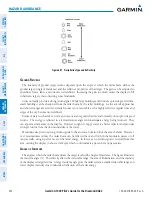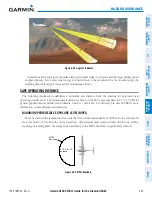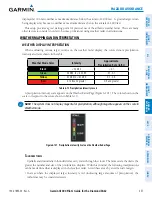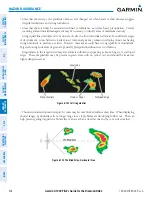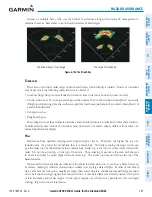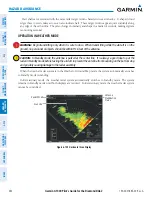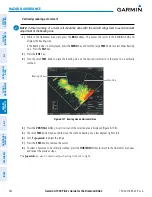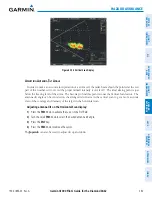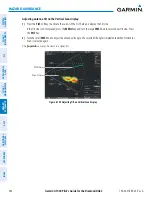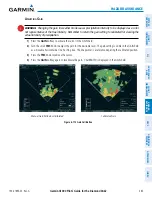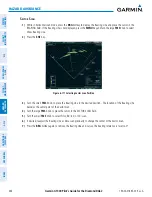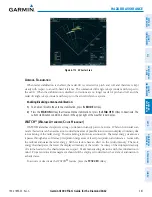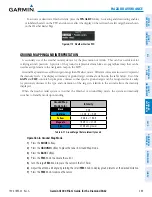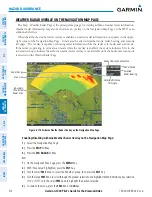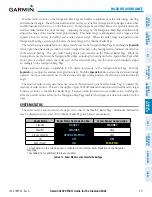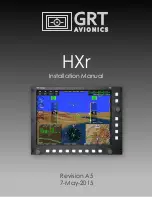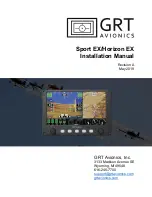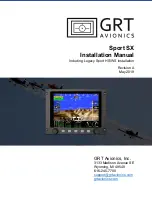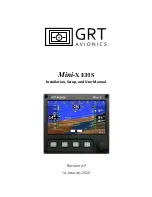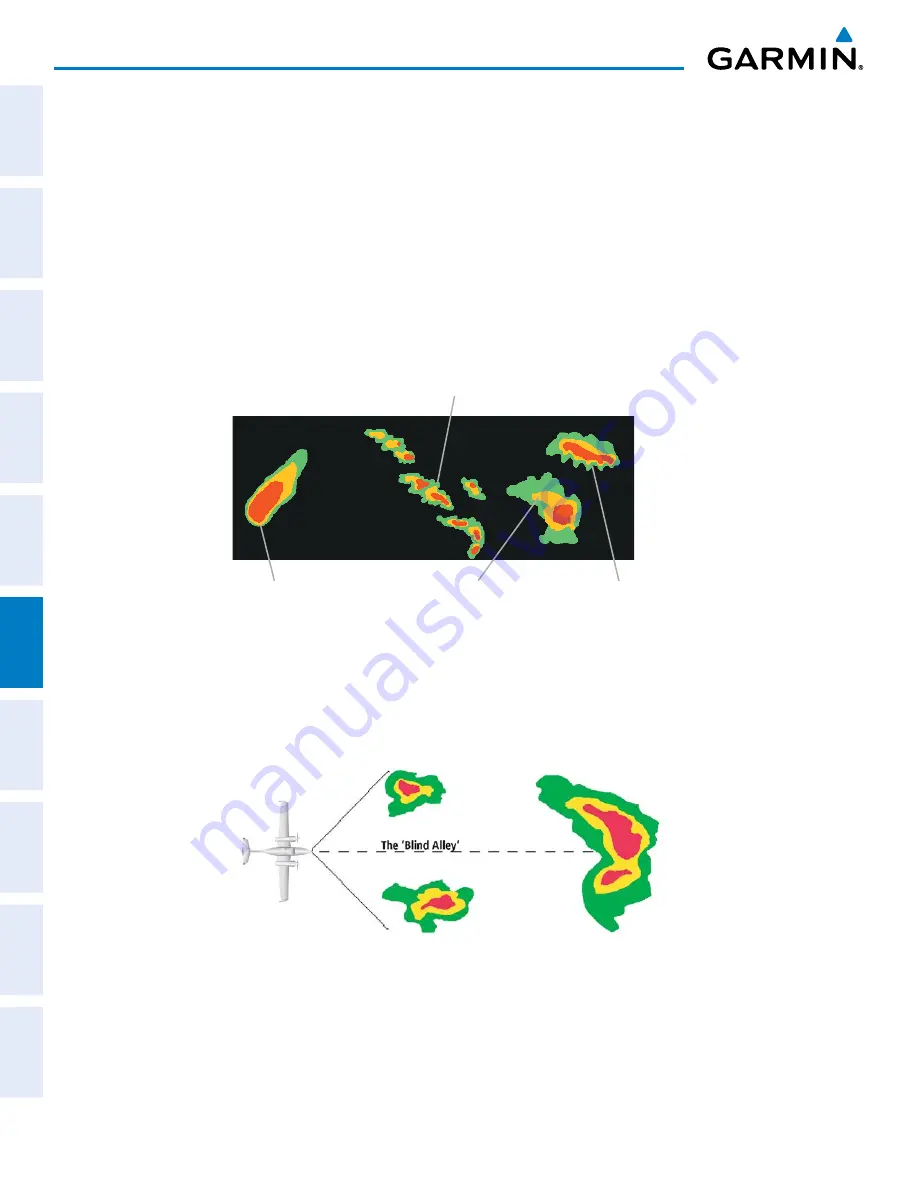
Garmin G1000 Pilot’s Guide for the Diamond DA62
190-00-01895-00 Rev. A
358
HAZARD AVOIDANCE
SY
STEM
O
VER
VIEW
FLIGHT
INSTRUMENTS
EIS
AUDIO P
ANEL
& CNS
FLIGHT
MANA
GEMENT
HAZARD
AV
OID
ANCE
AFCS
ADDITIONAL FEA
TURES
APPENDICES
INDEX
• Areas that show steep color gradients (intense color changes) over thin bands or short distances suggest
irregular rainfall rate and strong turbulence.
• Areas that show red may be associated with hail or turbulence, as well as heavy precipitation. Vertical
scanning and antenna tilt management may be necessary to identify areas of maximum intensity.
Along squall lines (multiple cells or clusters of cells in a line) individual cells may be in different stages
of development. Areas between closely spaced, intense targets may contain developing clouds not having
enough moisture to produce a return. However, these areas could have strong updrafts or downdrafts.
Targets showing wide areas of green are generally precipitation without severe turbulence.
Irregularities in the target return may also indicate turbulence, appearing as hooks, fingers, or scalloped
edges. These irregularities may be present in green areas with no yellow, red, and should be treated as
highly dangerous areas.
Figure 6-102 Cell Irregularities
Steep Gradient
Squall Line
Hook or Finger
Scalloped Edge
Thunderstorm development is rapid. A course may become blocked within a short time. When displaying
shorter ranges, periodically select a longer range to see if problems are developing further out. That can
help prevent getting trapped in a blind alley or an area that is closed at one end by convective weather.
Figure 6-103 The Blind Alley - Horizontal Scan

